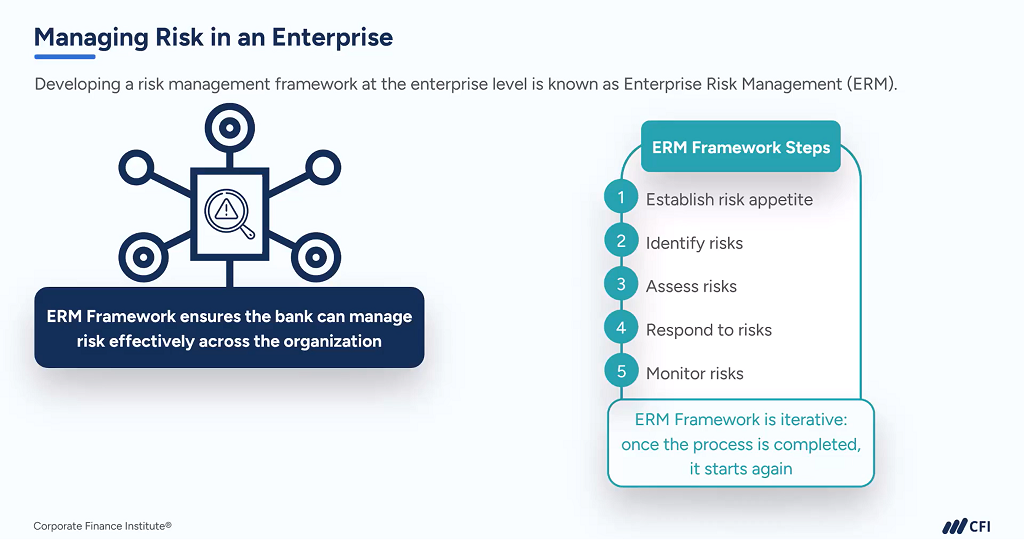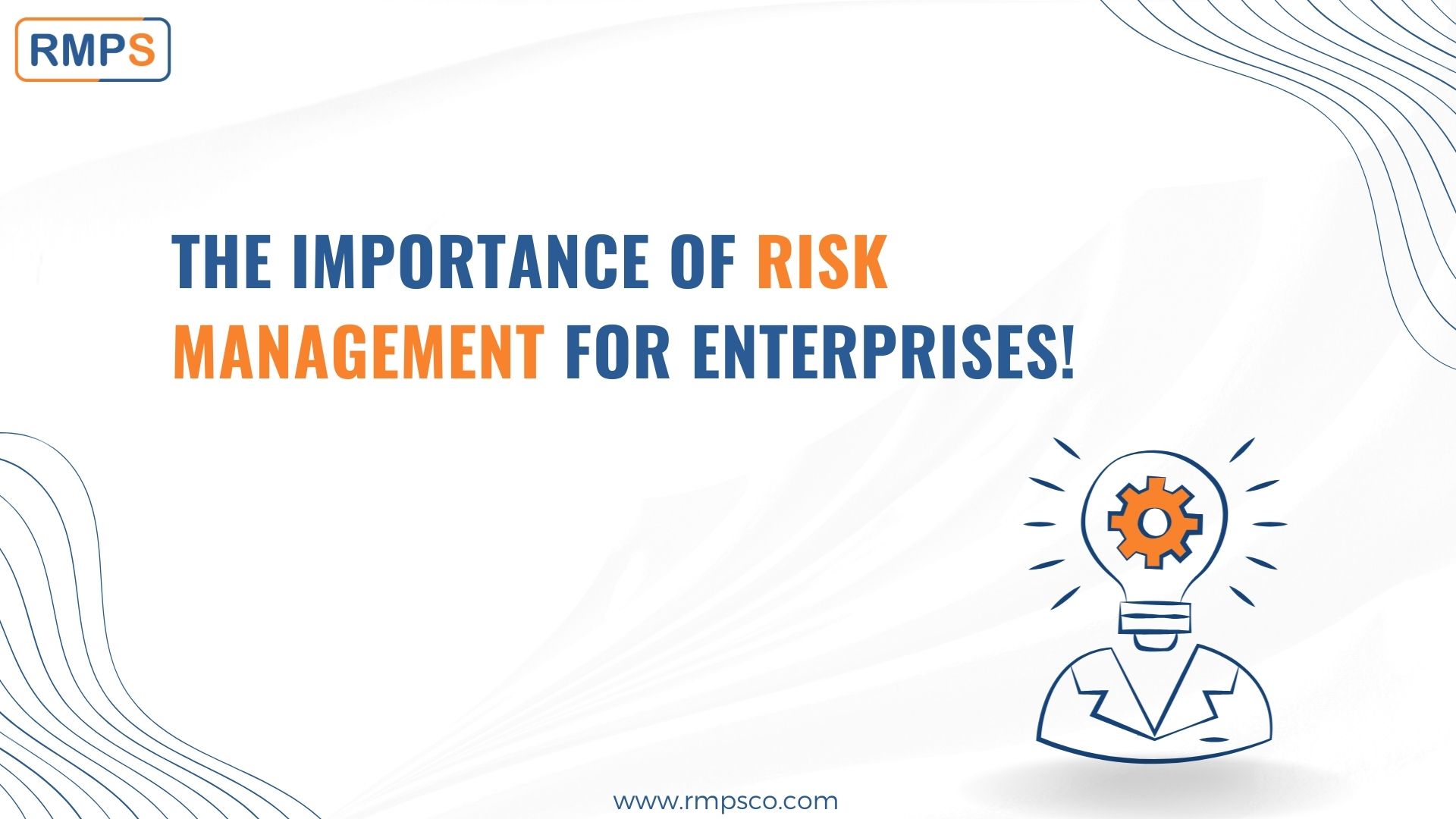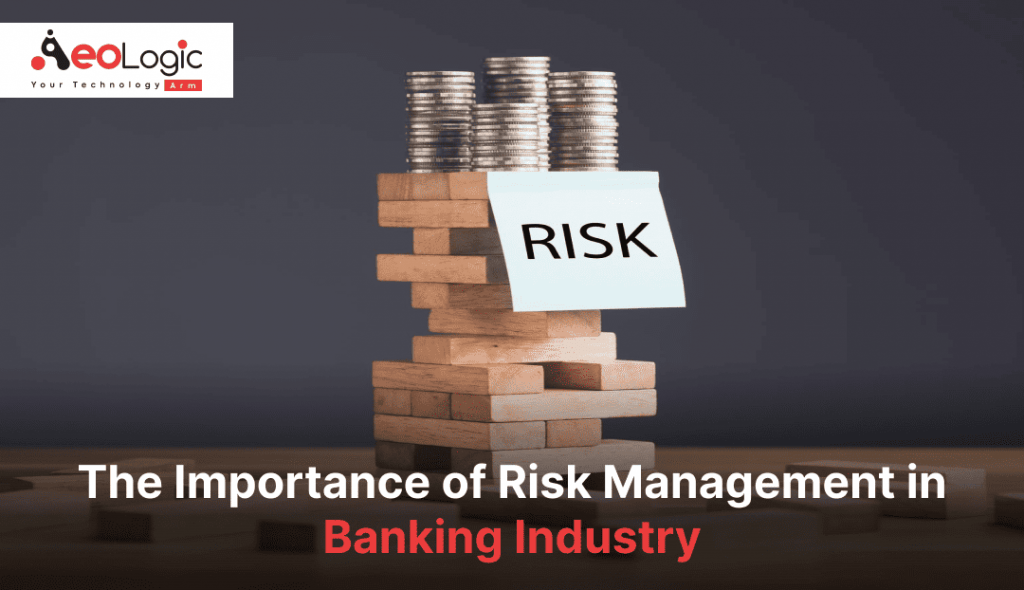The Impact of the Importance of Risk Management on Business Governance
The Impact of the Importance of Risk Management on Business Governance
Blog Article
Checking out the Relevance of Risk Management for Effective Decision-Making Approaches
In the intricate world of organization, Risk Management emerges as a critical aspect in the decision-making process. The capability to determine possible hazards and possibilities, and strategize as necessary, can lead to the distinction between success and failing. With tools such as SWOT and PESTEL, companies are equipped to make informed options, cultivating resilience and flexibility in an ever-changing atmosphere. Wondering exactly how this functions? Let's unload the dynamics further.
Understanding the Idea of Risk Management
Risk Management, a crucial component in decision-making, is frequently misconstrued or oversimplified. Risk Management involves structured and disciplined techniques, using information and informative assessments. From financial uncertainties, lawful obligations, critical Management errors, to crashes and all-natural calamities, it deals with different risks - importance of risk management.
The Function of Risk Management in Decision-Making Processes
In the realm of critical planning and business operations, Risk Management plays an important function in decision-making processes. Risk Management therefore comes to be an important tool in decision-making, assisting leaders to make enlightened options based on a comprehensive understanding of the risks entailed. Risk Management offers as a crucial element in the decision-making processes of any company.

Just How Risk Management Improves Strategic Planning
In the context of strategic planning, Risk Management plays a critical role. Starting with the recognition of potential risks, it better reaches the application of Risk reduction procedures. The function of Risk Management is dynamic yet not fixed, as it requires consistent tracking and adjusting of techniques.
Determining Potential Dangers

Applying Risk Reduction
Having established the relevance of identifying possible threats, the following action is to check out Risk reduction. This procedure entails developing and applying approaches to handle recognized threats efficiently. It is a critical aspect of critical preparation as it enhances decision-making by lessening possible unfavorable outcomes. Risk reduction approaches can vary from Risk avoidance, Risk transfer, to run the risk of reduction. Each method ought to be customized to the certain Risk, considering its possible influence and the organization's Risk tolerance. Furthermore, effective Risk reduction calls for a deep understanding of the Risk landscape and the prospective effect of each Risk. This understanding allows organizations to focus on risks and designate sources successfully, ensuring that the most substantial risks are addressed first.
Monitoring and Readjusting Strategies
Though Risk reduction is an essential action in strategic planning, continual monitoring and adjustment of these methods is just as important. This ongoing process enables companies to recognize brand-new dangers and reassess existing ones, guaranteeing the carried out approaches continue to be efficient in the ever-changing service setting. It likewise offers a chance to review the success of the Risk Management measures, allowing adjustments to be made where required, further boosting tactical preparation. Reliable tracking and adjustment call for using analytics and key efficiency signs (KPIs) to gauge effectiveness. These devices give useful data-driven internet insights that can notify tactical decision-making. Consequently, monitoring and readjusting Risk Management techniques is an essential element for boosting an organization's resilience and tactical preparation.
Instance Researches: Effective Risk Management and Decision-Making
On the planet of company and finance, successful Risk Management and decision-making typically function as the pillars of prosperous ventures. One such entity is an international oil firm that minimized monetary loss by hedging against fluctuating oil costs. In one more instance, a tech startup flourished by identifying and approving high-risk, high-reward approaches in an unpredictable market. An international bank, confronted with governing unpredictabilities, efficiently navigated the situation with positive Risk assessment and dynamic decision-making. These situations highlight the value of sharp Risk Management in decision-making procedures. It is not the absence of Risk, but the Management of it, that frequently differentiates successful firms from unsuccessful ones. These instances underscore the essential duty of Risk Management in calculated decision-making. importance of risk management.
Devices and Techniques for Effective Risk Management
These devices, such as Risk signs up and heat maps, aid in recognizing and assessing potential threats. Risk response approaches, a key component of Risk Management, entail accepting, staying clear of, moving, or mitigating threats. With these techniques and devices, decision-makers can browse the complex landscape of Risk Management, therefore facilitating informed and efficient decision-making.
Future Trends in Risk Management and Decision-Making Techniques
As we discover the substantial landscape of Risk Management, it comes to be noticeable that the strategies and tools made use of today will certainly continue to progress. The concept of Risk society, where every member of an organization is aware and entailed in Risk Management, will obtain a lot more prestige. These fads declare an even more aggressive and comprehensive strategy read this post here towards Risk Management and decision-making.
Verdict

Risk Management hence comes to be a crucial device in decision-making, helping leaders to make educated choices based on an extensive understanding of the risks entailed. Risk reduction strategies can range from Risk evasion, Risk transfer, to risk decrease (importance of risk management). Reliable Risk mitigation needs a deep understanding of the Risk landscape and the prospective effect of each Risk. Risk reaction methods, an essential element of Risk Management, entail approving, preventing, transferring, or mitigating threats. The concept of Risk society, where every member of a company is conscious and involved in Risk Management, will obtain a lot more prominence
Report this page